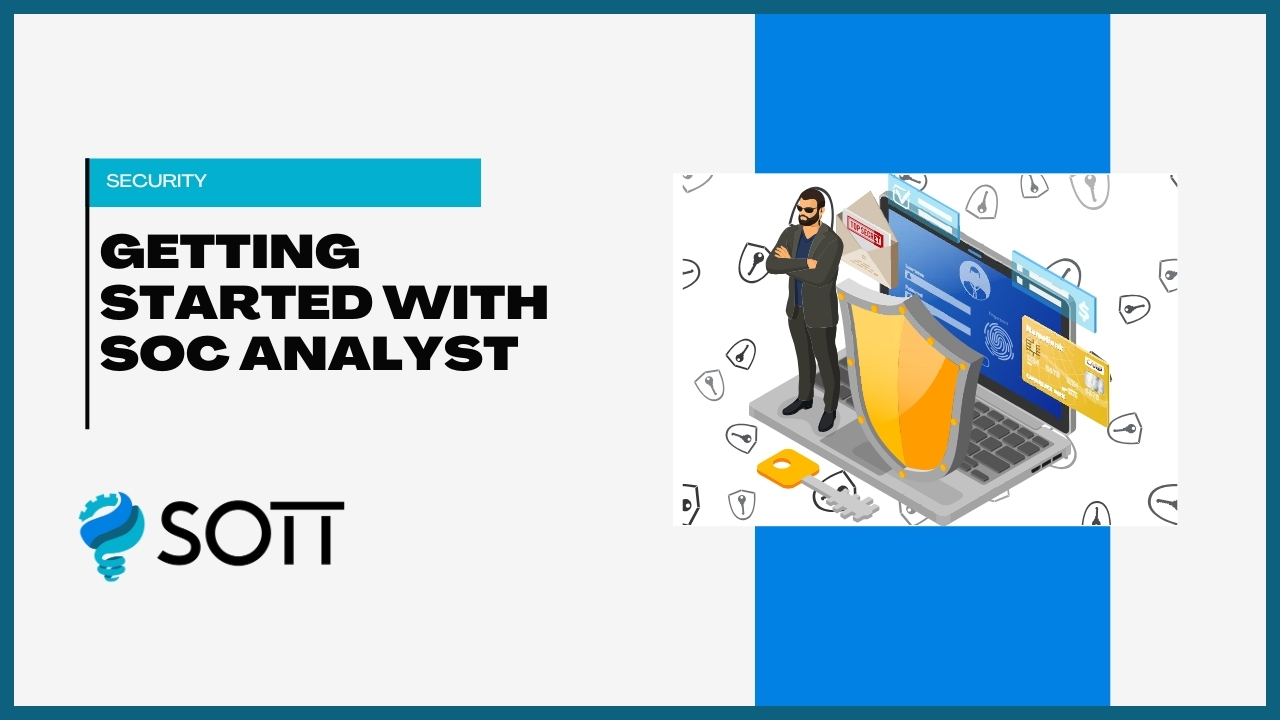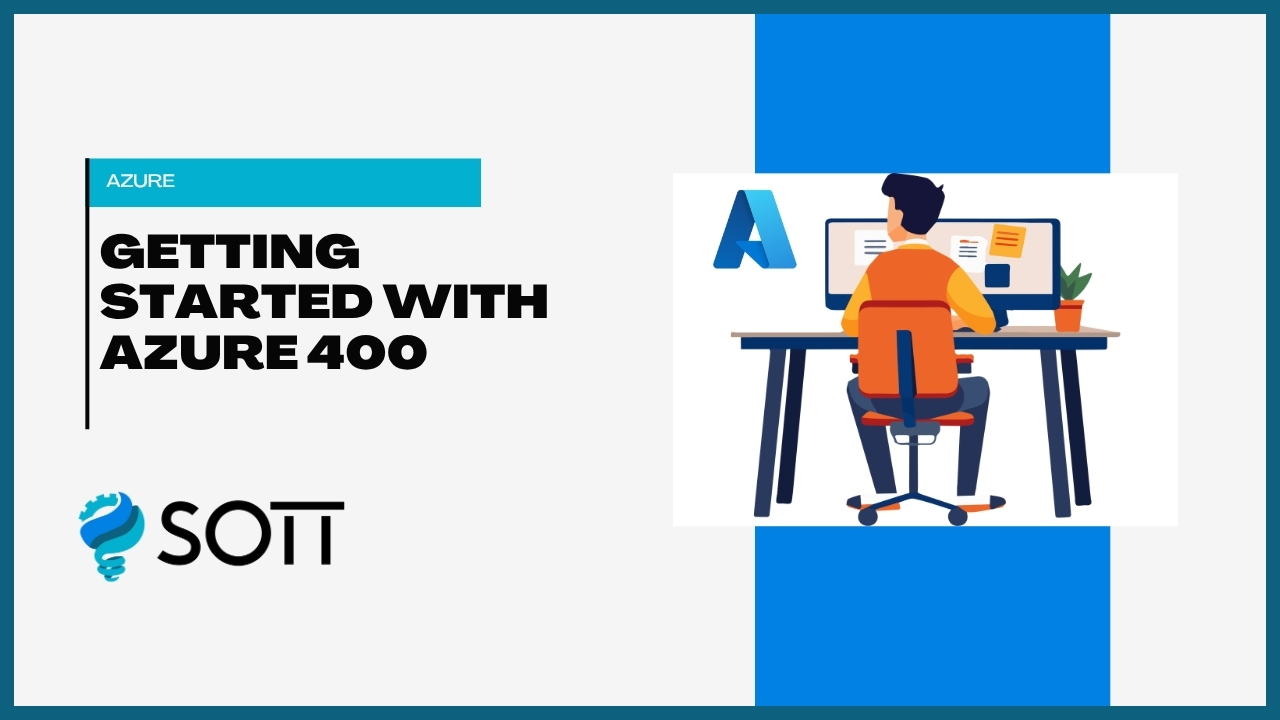Lesson 1: Introduction to SOC
-
What is a SOC? - Definition and Purpose, SOC Roles and Responsibilities, Importance of SOC in Cybersecurity
-
Types of SOCs - In-house, Managed SOC, Hybrid SOC
Lesson 2: SOC Frameworks and Standards
-
Key Cybersecurity Frameworks - NIST CSF, ISO 27001, MITRE ATT&CK Framework
-
Compliance Standards - GDPR, PCI DSS, HIPAA
Lesson 3: Incident Response and Threat Management
-
Incident Response Lifecycle - Preparation, Detection and Analysis, Containment, Eradication, and Recovery, Post-Incident Review
-
Threat Intelligence - Sources of Threat Intelligence, Types: Strategic, Tactical, Operational, Leveraging Threat Feeds
Lesson 1: SIEM Basics
-
What is SIEM? - Role in SOC Operations, Popular SIEM Tools: Splunk, QRadar, ELK Stack
-
Log Management and Analysis - Log Sources: Firewalls, Servers, Endpoints, Parsing and Correlation
Lesson 2: Endpoint Detection and Response (EDR)
-
Overview of EDR Tools - Role in Detecting Endpoint Threats, Tools: CrowdStrike, Carbon Black
-
Malware Analysis Basics - Detecting Suspicious Files, Sandboxing Techniques
Lesson 3: Network Security Monitoring
-
Intrusion Detection and Prevention Systems (IDS/IPS) - Role in Network Security, Tools: Snort, Suricata
-
Packet Analysis - Wireshark Basics, Detecting Anomalous Traffic
Lesson 1: Threat Hunting
-
What is Threat Hunting? - Proactive vs Reactive Approaches, Hypothesis-Based Hunting
-
Tools for Threat Hunting - Sysmon, OSQuery
Lesson 2: Vulnerability Management
-
Vulnerability Scanning Tools - Nessus, OpenVAS, Qualys
-
Patch Management - Prioritizing Vulnerabilities, Automating Patches
Lesson 3: Security Orchestration, Automation, and Response (SOAR)
- Introduction to SOAR - Role in Automating Incident Response, Key Features of SOAR Platforms
-
Use Cases for SOAR - Automating Phishing Responses, Streamlining Playbooks
Lesson 1: Communication in SOC
- Writing Incident Reports - Importance of Clear Documentation, Standard Report Format
-
Briefing Stakeholders - Communicating with Non-Technical Teams, Crisis Management Skills
Lesson 2: Building a SOC Analyst Career
-
Certifications for SOC Analysts - CompTIA Security+, Certified SOC Analyst (CSA), GIAC Certified Incident Handler (GCIH)
-
Career Pathways - Junior Analyst to SOC Manager, Opportunities in Threat Hunting and Forensics

- CategorySecurity
- LevelIntermediate
- Duration3 Months
- Available SeatsUnlimited
Course Key Highlights
Real-Time Experts
Learn from industry experts with real-time experience.
Placement Support
Get assistance in securing your dream job with our dedicated placement support.
Live Project
Work on live projects to gain hands-on experience.
Certified Professional
Become a certified professional with industry-recognized certification.
Affordable Fees
Get the best quality education at affordable fees.
Flexibility To Assist
Flexible learning options to assist you in every way possible.
No Cost EMI
Pay your course fees in easy installments with no cost EMI.
Free Soft Skills
Develop essential soft skills along with technical knowledge.
Popular Questions to Ask Before Choosing a Course
SOTT courses include comprehensive video lessons, hands-on projects, downloadable resources, and live mentorship sessions. Our curriculum is designed to provide you with all the tools you need to succeed in your chosen field.
No, SOTT courses are designed to be flexible. You can start learning whenever it suits you best, and you have lifetime access to the course materials to learn at your own pace.
To take a SOTT course, simply enroll in the course of your choice, and you will have access to all the lessons, resources, and mentorship opportunities available. You can learn from any device, at any time.
Yes, upon completing a SOTT course, you will receive a certificate of completion, which you can share with your network and use to showcase your newly acquired skills to potential employers.
If you need help, you can reach out to our support team or connect with your course mentor for guidance. We are here to ensure you have the best learning experience possible.




